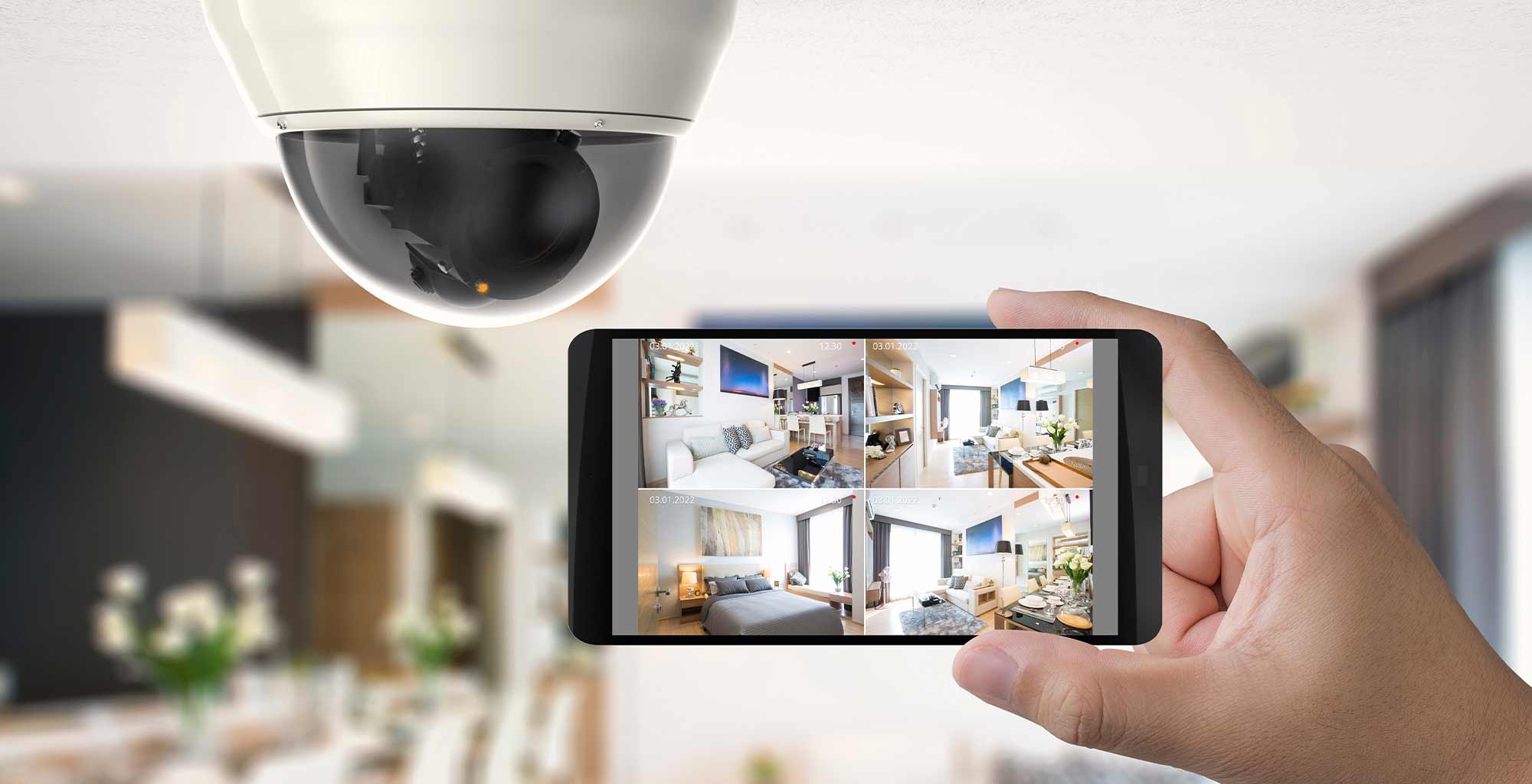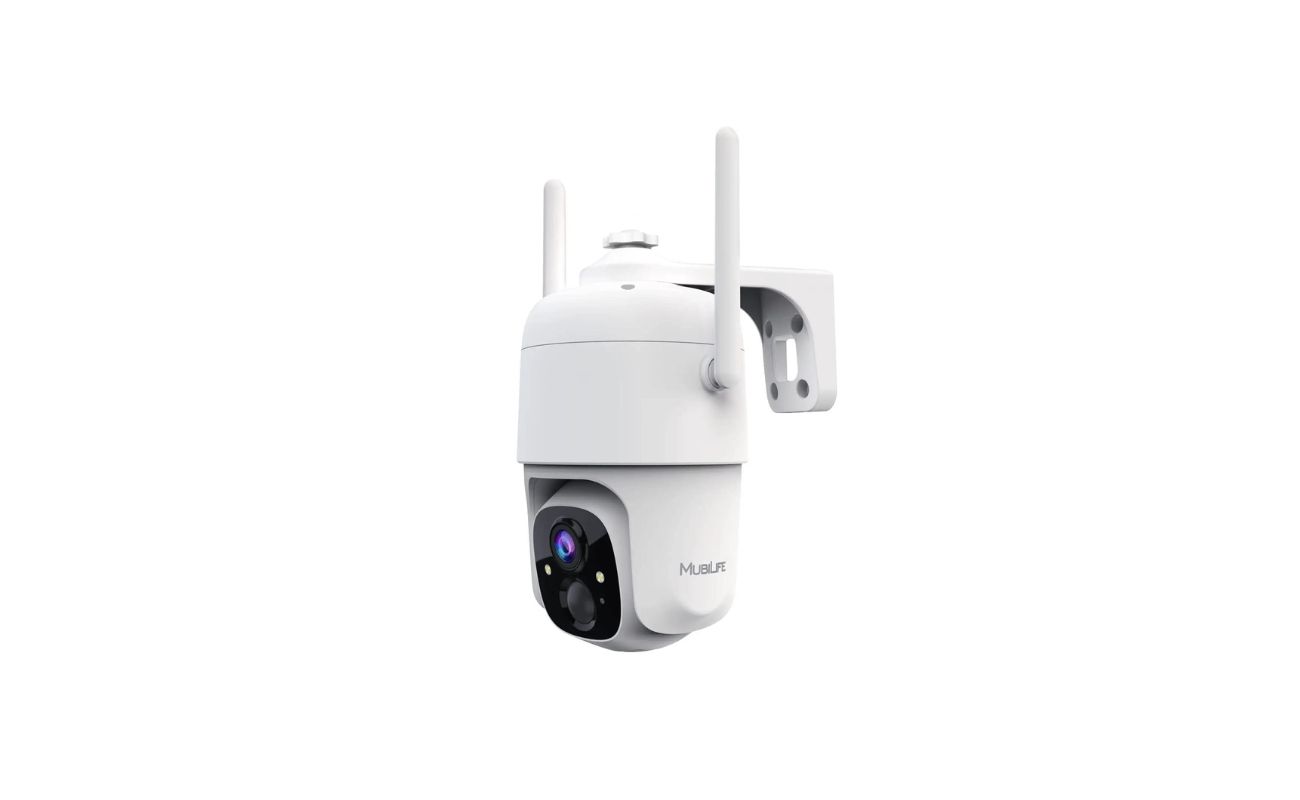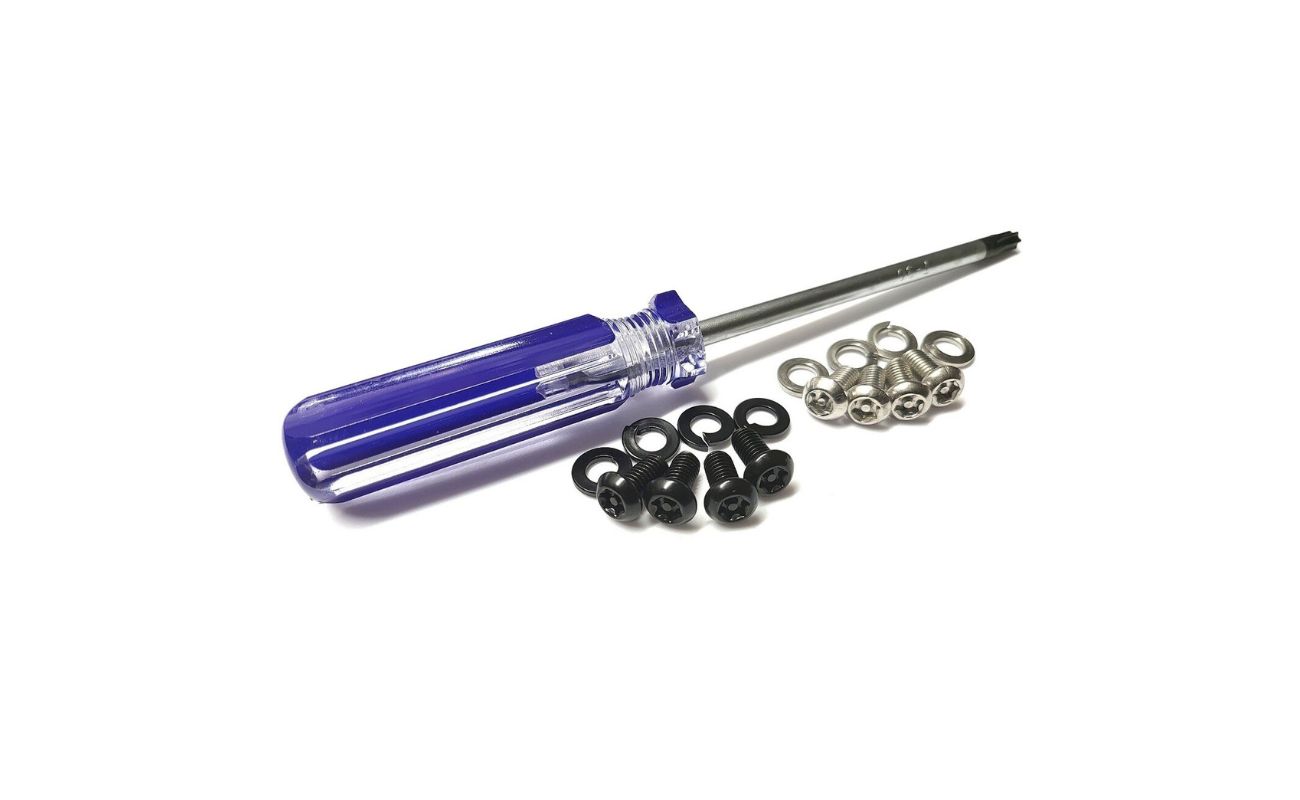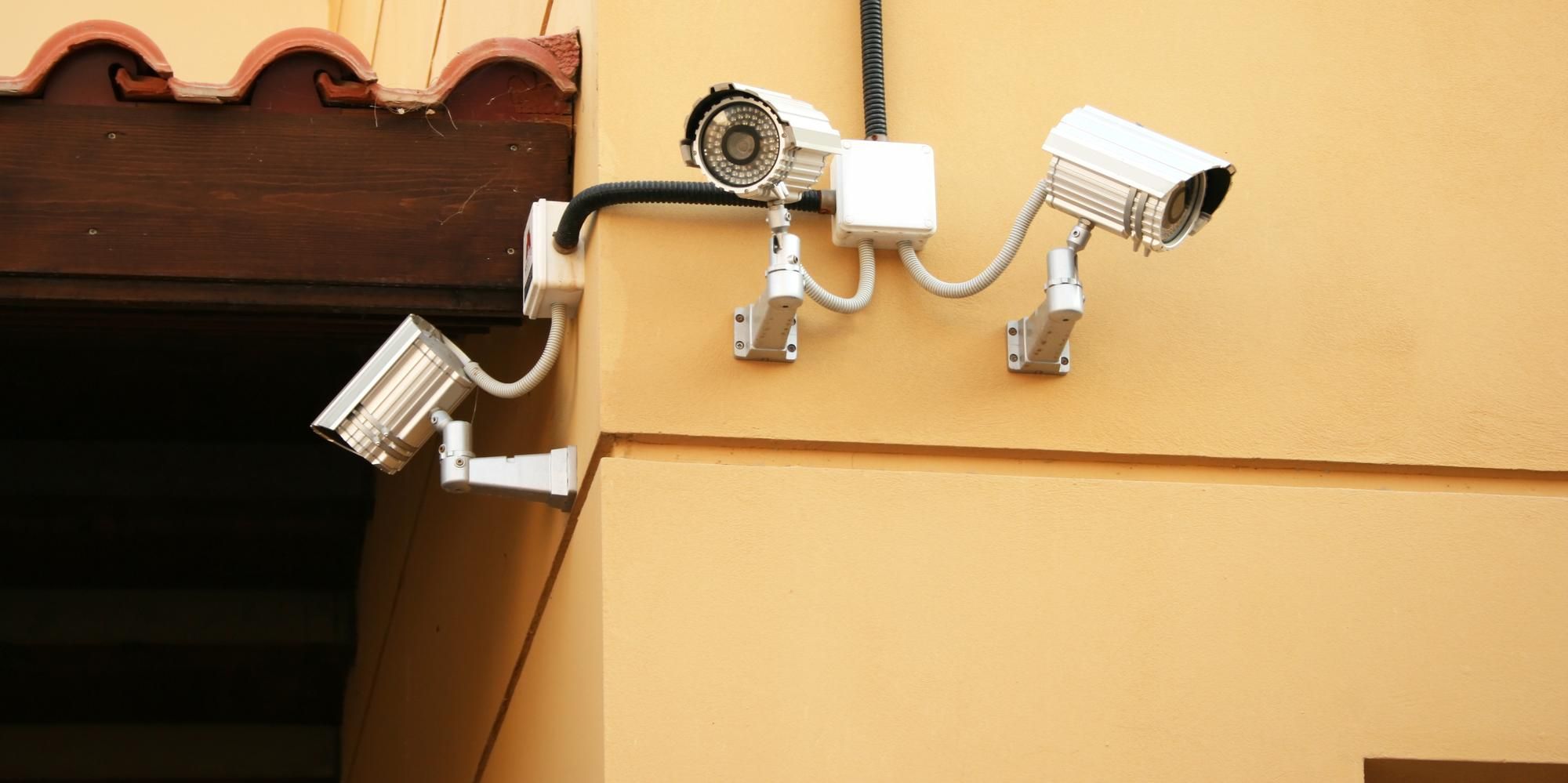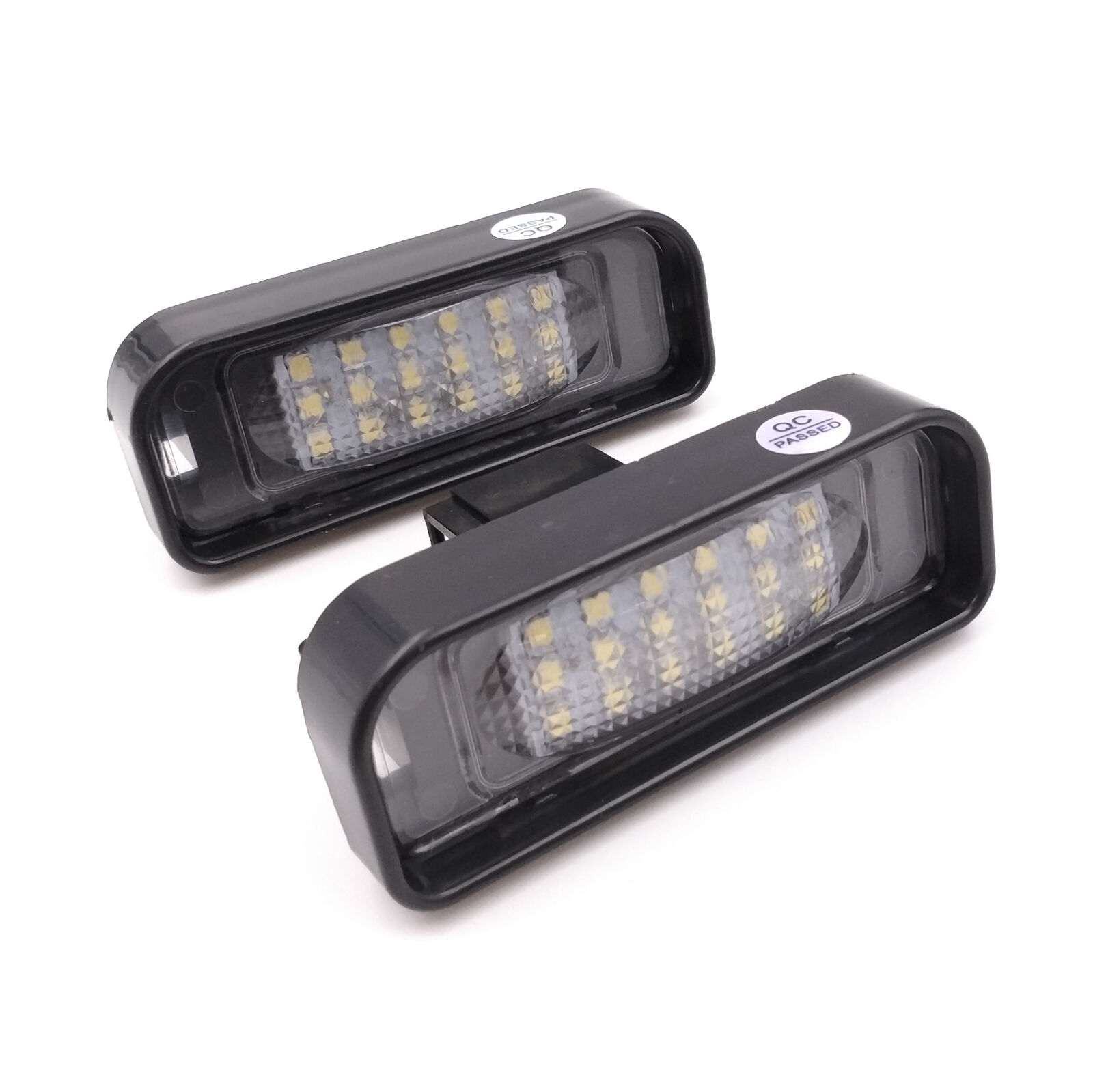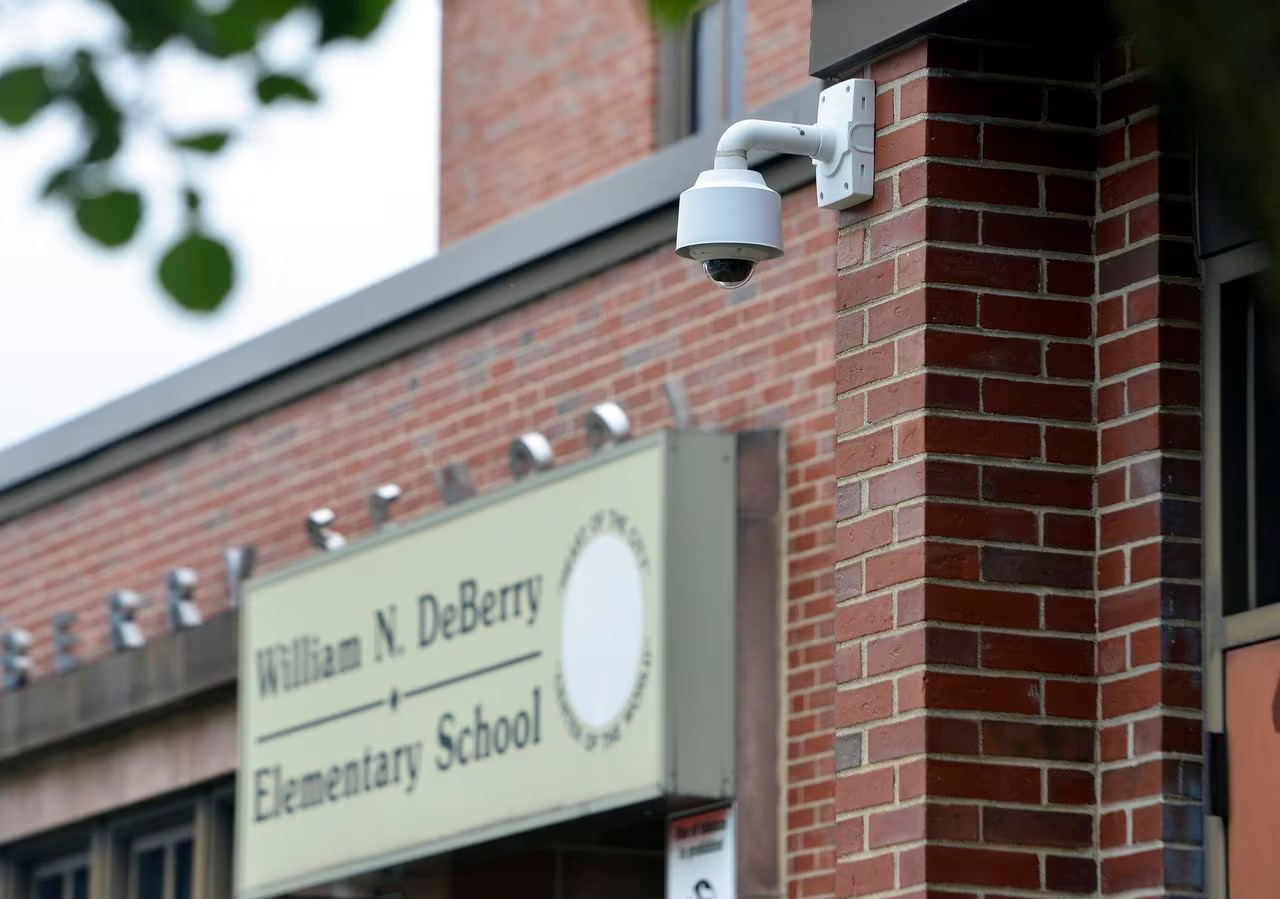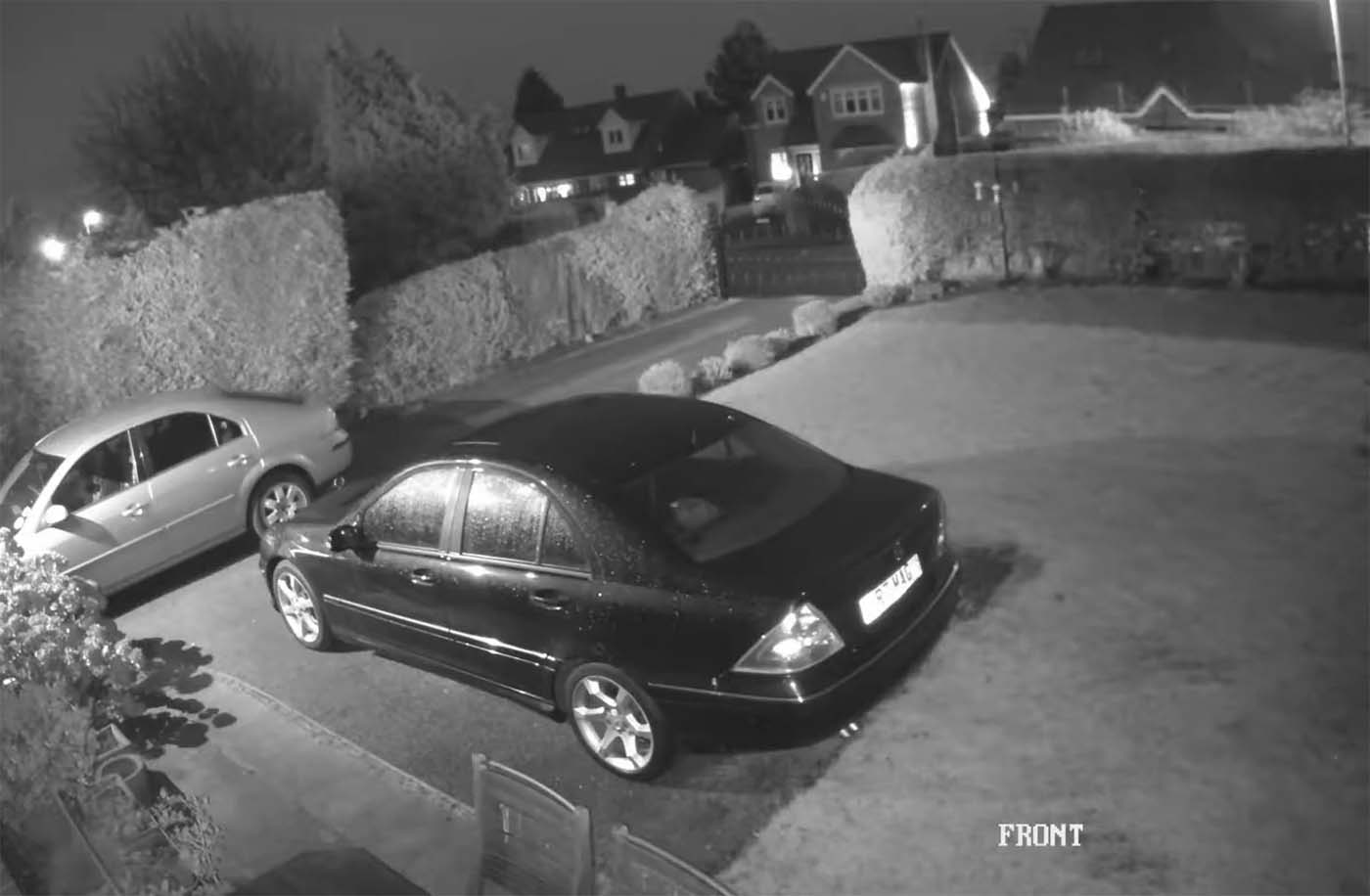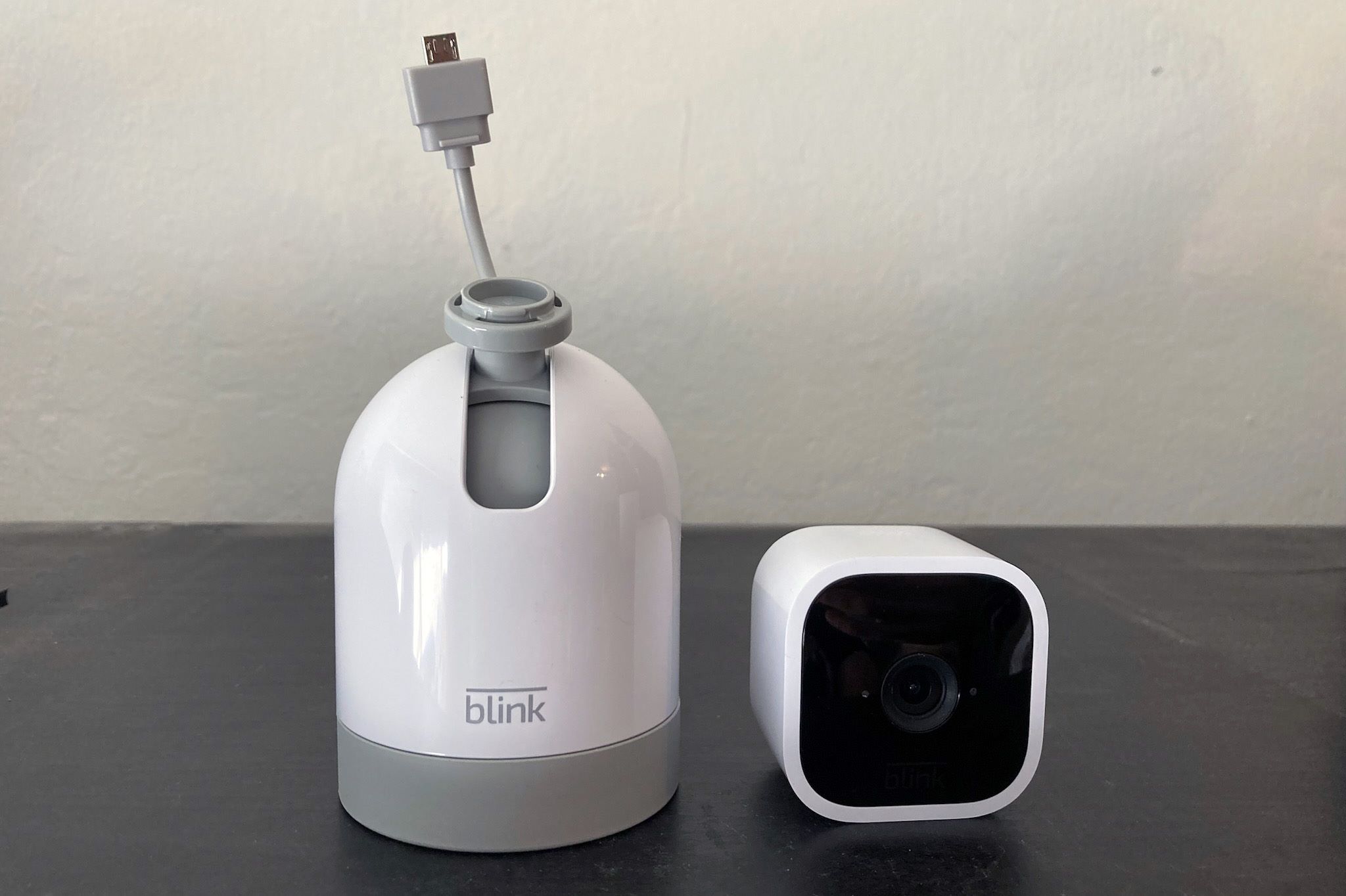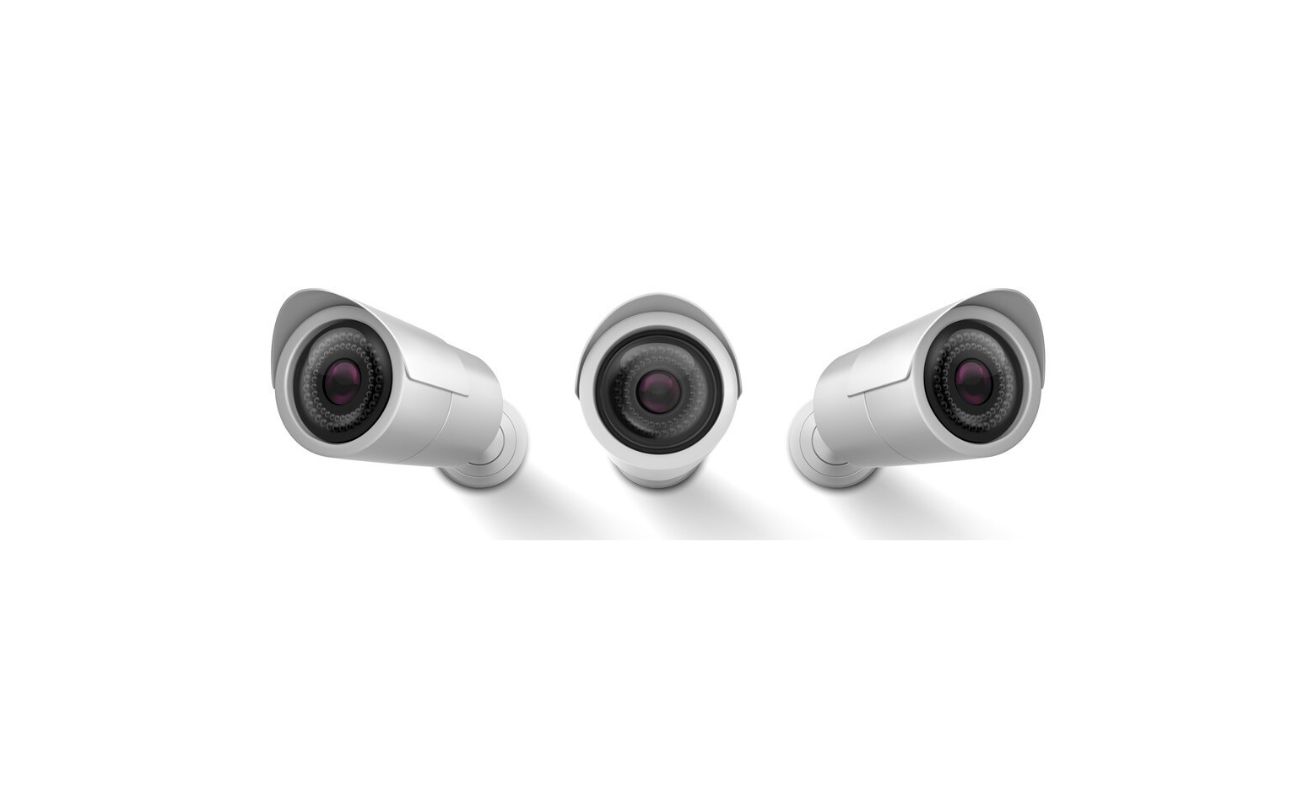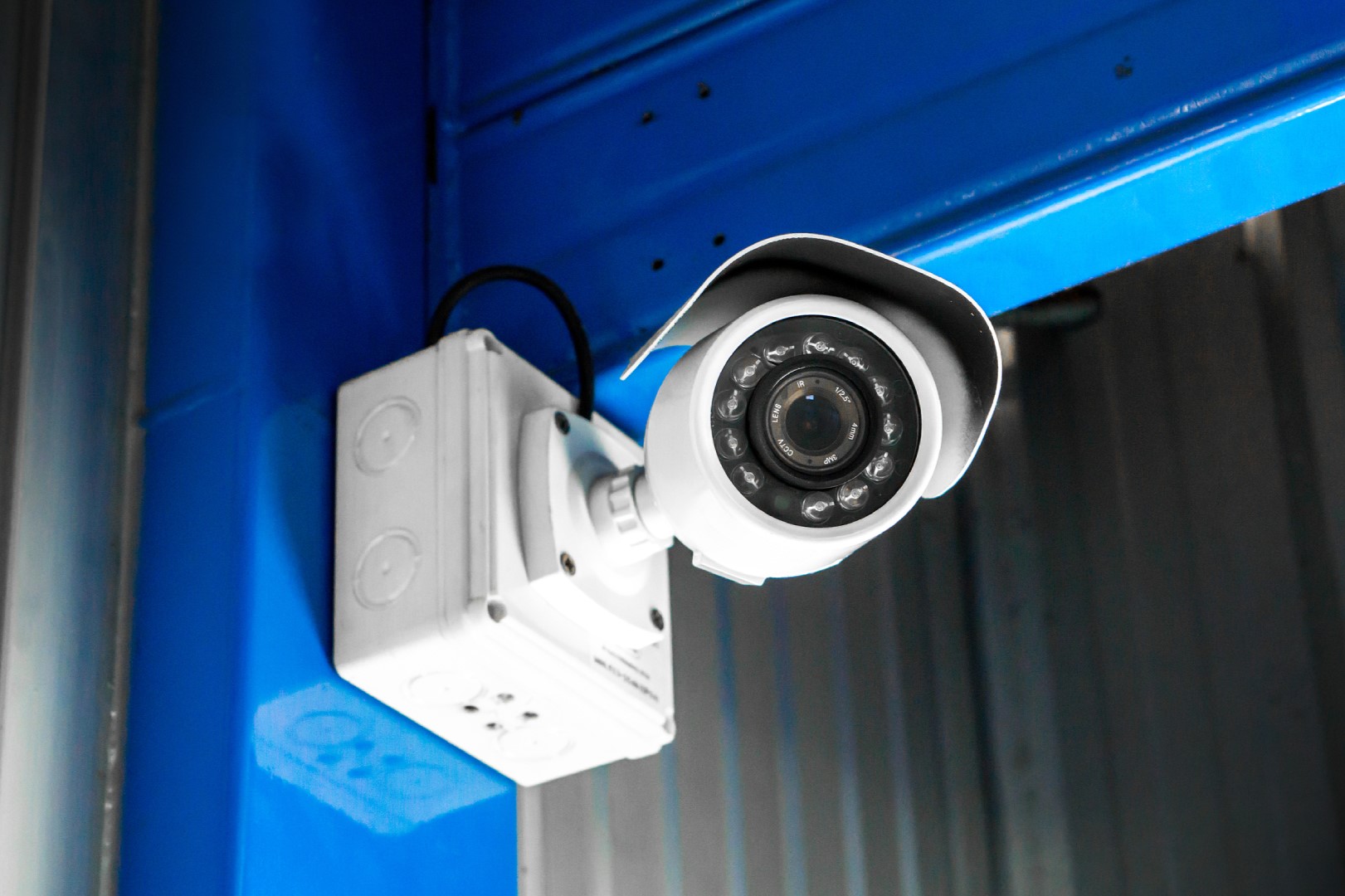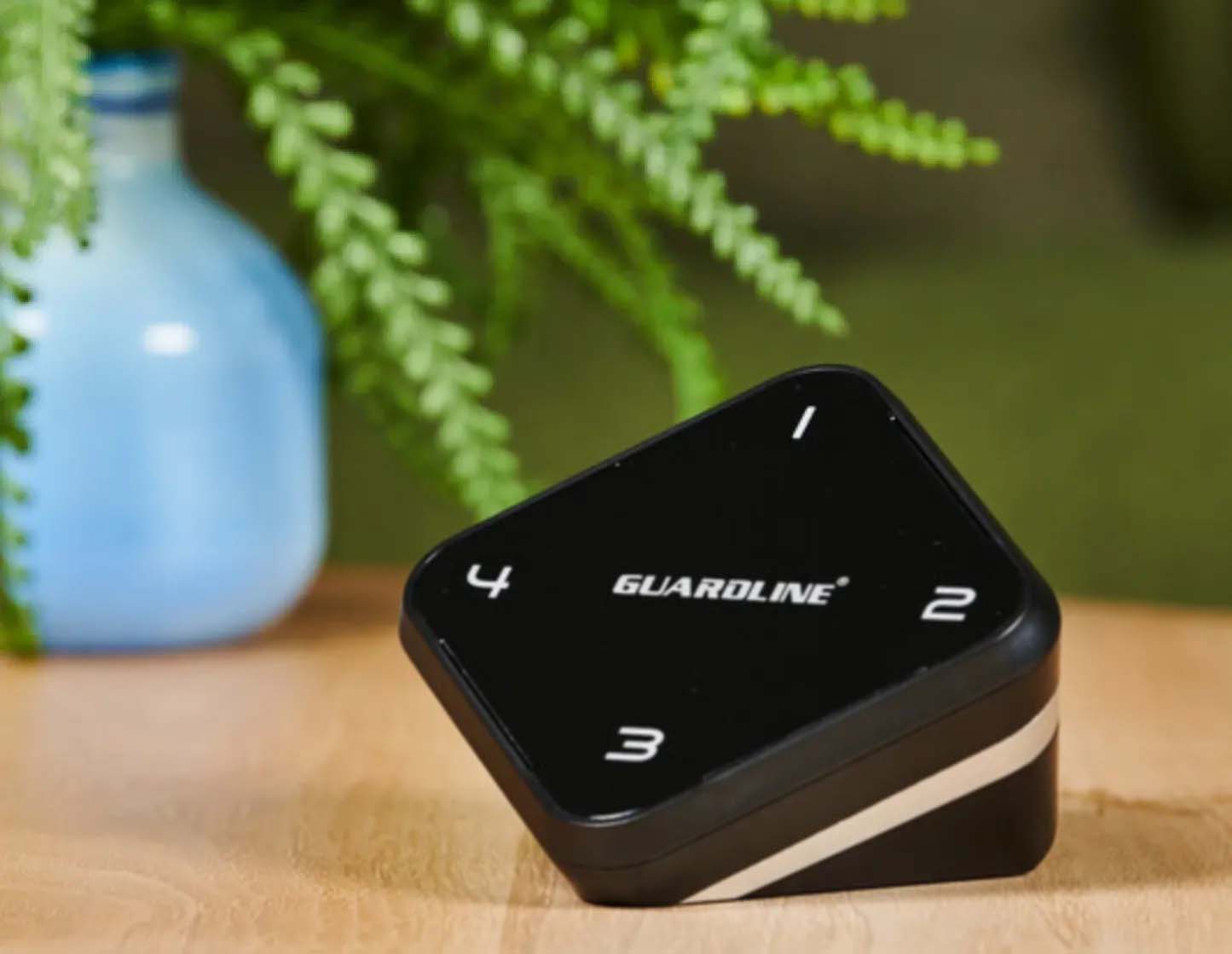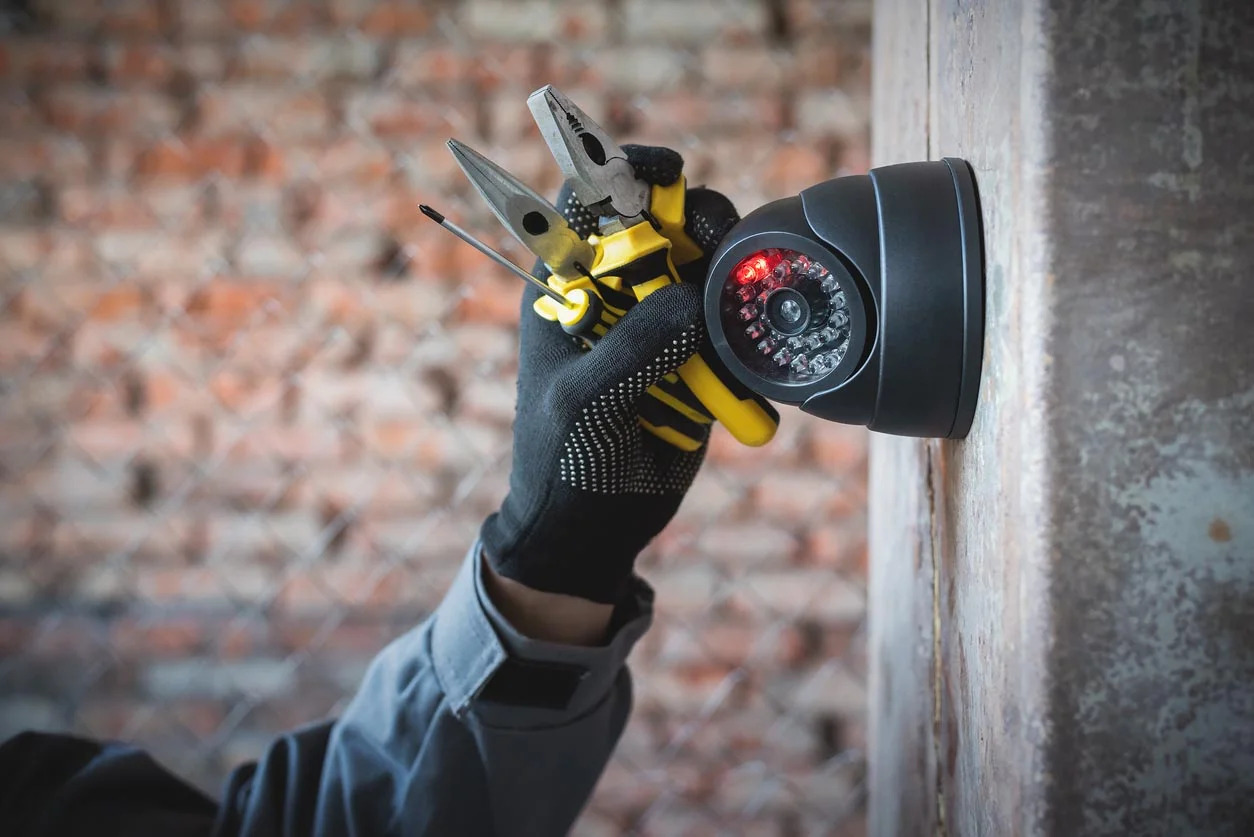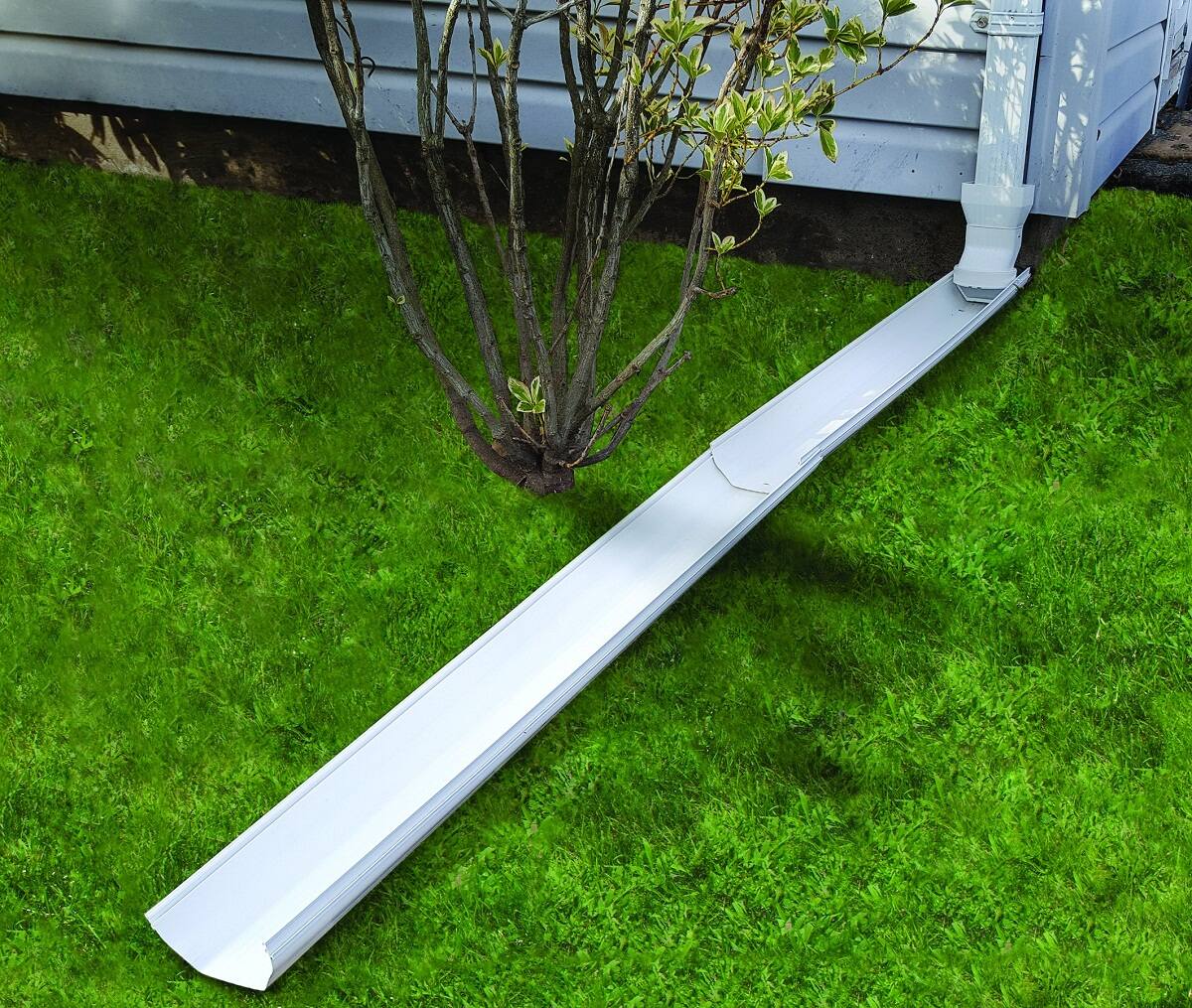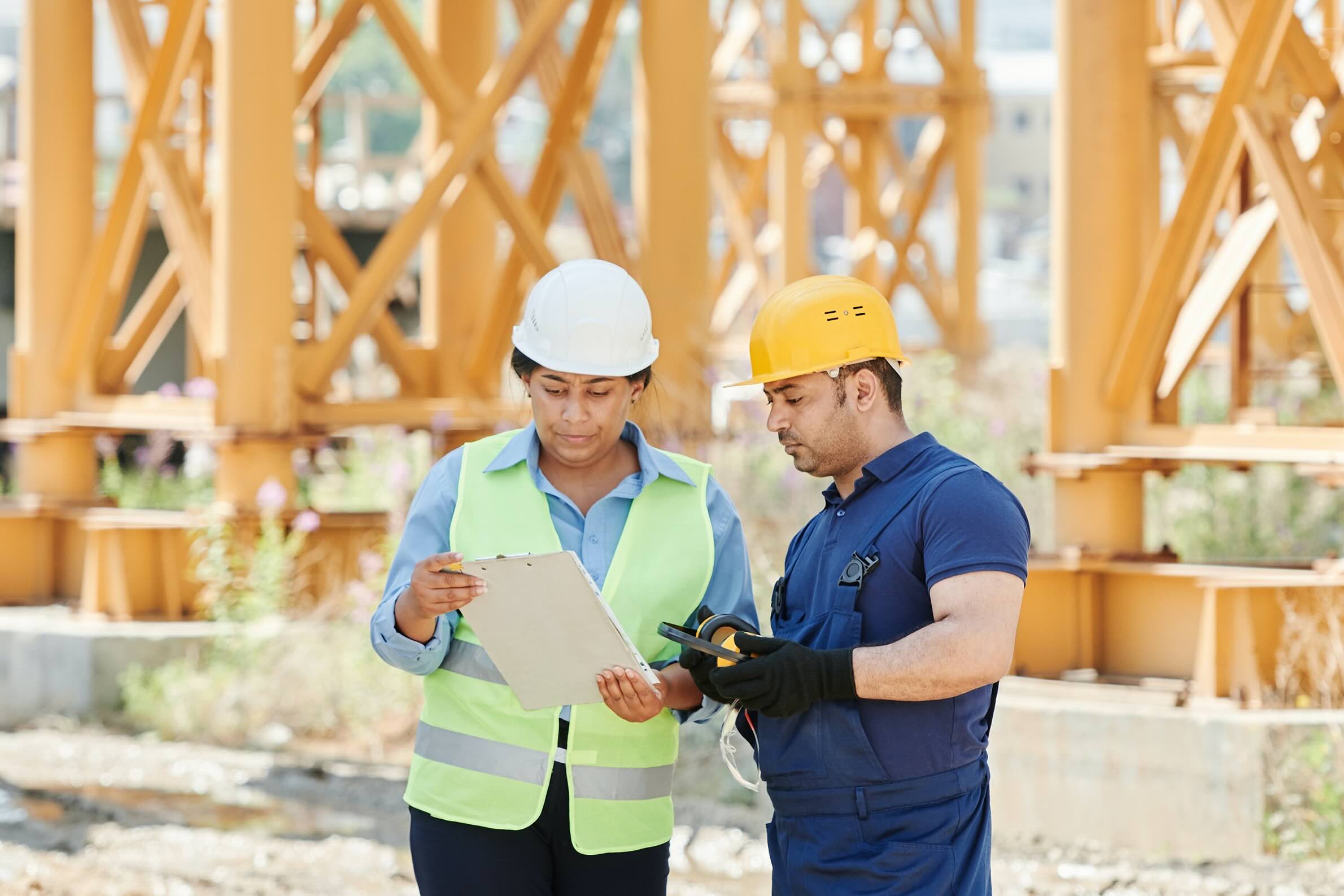Home>Home Security and Surveillance>How Far Away Can A Security Camera Read A License Plate
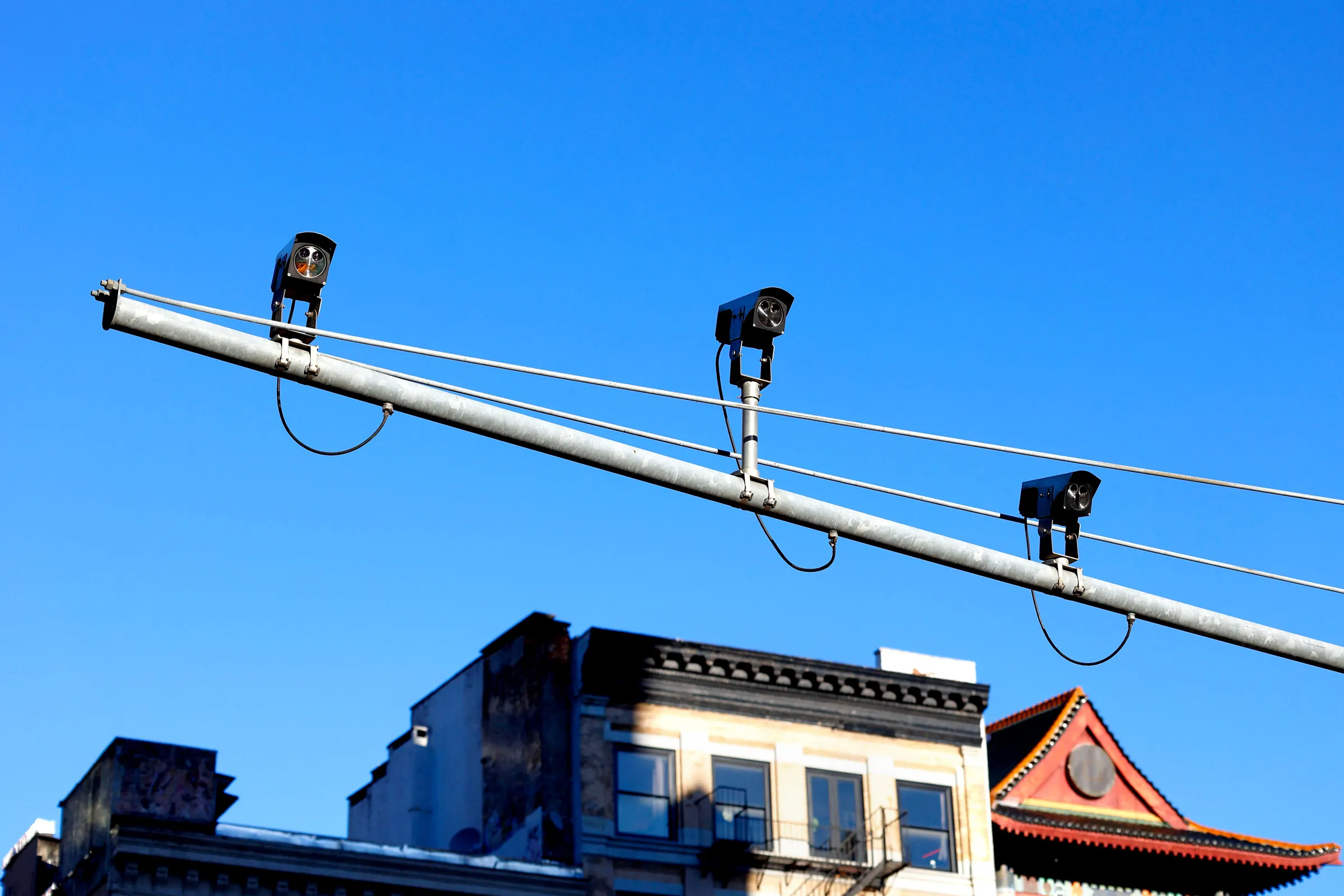

Home Security and Surveillance
How Far Away Can A Security Camera Read A License Plate
Modified: March 6, 2024
Increase your home security with surveillance cameras that can read license plates from a distance. Find out how far away security cameras can detect license plates.
(Many of the links in this article redirect to a specific reviewed product. Your purchase of these products through affiliate links helps to generate commission for Storables.com, at no extra cost. Learn more)
Introduction
Home security and surveillance play a crucial role in protecting our properties and loved ones. With advancements in technology, one of the key features of modern security cameras is the ability to read license plates. This capability adds an extra layer of security by allowing us to identify vehicles entering or leaving our premises. However, a common question that arises is, how far away can a security camera effectively read a license plate?
The reading distance of a security camera for license plates depends on various factors, including the camera type, lens quality, lighting conditions, and resolution. In this article, we will delve into these factors and explore the types of security cameras recommended for license plate reading. Furthermore, we will provide tips on how to improve the license plate reading distance for optimal surveillance coverage.
Understanding the factors that affect the reading distance of security cameras is essential to make informed decisions when choosing and positioning cameras for your home security system. Let’s dive into the details and uncover the secrets to maximizing license plate reading capabilities.
Key Takeaways:
- Choose the right camera: Select specialized cameras like License Plate Recognition (LPR) cameras for clearer and readable license plate images, enhancing home security and surveillance.
- Position strategically: Properly place cameras at optimal angles and heights for unobstructed views of license plates, ensuring accurate capture and identification of vehicles.
Read more: How Far Away Can Nest Outdoor Camera See
Factors that Affect the Reading Distance
The reading distance of a security camera for license plates can be influenced by several factors. It is crucial to consider these factors when selecting and installing cameras to ensure accurate and reliable license plate reading. Below are the key factors that affect the reading distance:
- Camera type: Different types of security cameras have varying capabilities for license plate reading. High-resolution IP cameras or specialized license plate recognition cameras are specifically designed for this purpose and offer longer reading distances compared to standard surveillance cameras.
- Lens quality: The quality of the camera’s lens plays a significant role in determining the reading distance. A high-quality lens with advanced optics can capture clear and detailed images, enhancing the camera’s ability to read license plates, even from a distance.
- Lighting conditions: Proper lighting is crucial for accurate license plate reading. Cameras perform best when there is sufficient light available, whether it is natural daylight or artificial lighting. Insufficient lighting can result in blurry or unreadable license plate images, reducing the effective reading distance.
- Resolution: The resolution of the camera is directly linked to the clarity and level of detail in the captured images. Higher resolution cameras can provide clearer images, allowing for better recognition and longer reading distances. Opting for cameras with at least 1080p resolution is recommended for optimal license plate reading.
- Camera angle and positioning: The angle and positioning of the camera are crucial in maximizing the reading distance. A strategic placement that provides an unobstructed view of the license plates, such as mounting the camera at an appropriate height and angle, can significantly improve the reading distance.
- Image enhancement technologies: Some advanced security cameras come equipped with image enhancement technologies, such as WDR (Wide Dynamic Range) and IR (Infrared) capabilities. These features help improve the clarity and visibility of license plates in challenging lighting conditions, thereby extending the reading distance.
It is important to consider these factors while selecting security cameras to ensure they are capable of meeting your license plate reading requirements. Keep in mind that the optimal reading distance may vary depending on the specific camera model and manufacturer specifications.
Types of Security Cameras for License Plate Reading
When it comes to license plate reading, not all security cameras are created equal. Some cameras are specifically designed to excel in capturing clear and readable images of license plates, ensuring maximum identification accuracy. Here are the main types of security cameras recommended for license plate reading:
- License Plate Recognition (LPR) cameras: These specialized cameras are specifically designed for capturing and reading license plates. They are equipped with advanced optical features, high-resolution sensors, and specialized algorithms that enhance the accuracy of license plate recognition. LPR cameras have longer reading distances and are often used in parking lots, toll booths, and high-security areas where precise vehicle identification is critical.
- IP cameras with varifocal lenses: IP cameras with varifocal lenses offer flexibility in adjusting the focal length to achieve optimal license plate reading. These cameras allow you to fine-tune the focus and zoom to capture clear and detailed images of license plates, even from a moderate distance.
- Analog cameras with motorized zoom lenses: Analog cameras with motorized zoom lenses are a cost-effective option for license plate reading. These cameras can be remotely adjusted to zoom in on license plates, enhancing the reading distance. However, it’s important to choose cameras with higher resolution and image quality to achieve better results.
- PTZ (Pan-Tilt-Zoom) cameras: PTZ cameras offer the ability to pan, tilt, and zoom, making them suitable for monitoring large areas or tracking specific vehicles. With the ability to zoom in on license plates, PTZ cameras can capture clear and readable images even from a significant distance.
It is worth mentioning that regardless of the camera type, selecting models with infrared (IR) capabilities can significantly improve license plate reading during nighttime or low light conditions. Additionally, consider cameras with built-in WDR (Wide Dynamic Range) technology to handle varying lighting conditions and ensure clear image capture.
Before purchasing security cameras for license plate reading, carefully evaluate your specific needs, including the required reading distance and lighting conditions. Consulting with a professional surveillance system provider can help you choose the right camera type and configuration to achieve optimum license plate reading performance.
Ensure that the security camera is positioned within 15-30 feet of the license plate for optimal reading. Use high-resolution cameras and consider factors like lighting and angle for better accuracy.
Recommended Reading Distances for Different Camera Types
The recommended reading distance for license plate recognition can vary depending on the type and specifications of the security camera. Here are the general guidelines for the reading distances of different camera types:
- License Plate Recognition (LPR) cameras: These specialized cameras are designed to read license plates from a considerable distance. They typically have a recommended reading distance of 20 to 30 feet (6 to 9 meters) or more. Some advanced LPR cameras can even read license plates from over 100 feet (30 meters) away, depending on their specifications.
- IP cameras with varifocal lenses: IP cameras with varifocal lenses offer flexibility in adjusting the focal length, allowing for different reading distances. For general license plate reading, these cameras typically have a recommended reading distance of around 15 to 25 feet (4.5 to 7.5 meters) for capturing clear and readable license plate images.
- Analog cameras with motorized zoom lenses: Analog cameras with motorized zoom lenses can achieve recommended reading distances of approximately 20 to 30 feet (6 to 9 meters) or more. By adjusting the zoom level, you can enhance the reading distance and capture detailed license plate images.
- PTZ (Pan-Tilt-Zoom) cameras: PTZ cameras are known for their versatility and the ability to zoom in on specific areas of interest. With their zoom capabilities, PTZ cameras can read license plates from distances ranging from 30 to 50 feet (9 to 15 meters) and beyond.
It’s important to note that these recommended reading distances can vary depending on other factors such as lighting conditions, camera resolution, and image enhancement technologies. Always refer to the manufacturer’s specifications and guidelines for the specific camera model you are using to ensure optimal reading performance.
When configuring your security system, consider the desired reading distance and the positioning of the cameras. Adjusting the camera’s angle, height, and focal length can help maximize the reading distance and ensure reliable license plate recognition.
Remember, these are general guidelines, and the performance of the camera can also be influenced by external factors such as weather conditions, license plate design, and vehicle speed. Testing and fine-tuning the camera settings may be necessary to achieve the best results for your specific installation scenario.
Tips for Improving License Plate Reading Distance
To enhance the license plate reading distance of your security cameras, consider implementing the following tips and strategies:
- Choose the right camera: Select a camera specifically designed for license plate reading, such as License Plate Recognition (LPR) cameras or IP cameras with varifocal lenses. These cameras offer better image quality, resolution, and special features optimized for capturing clear and readable license plate images.
- Position cameras strategically: Proper camera placement is crucial for maximizing the reading distance. Position the cameras at an angle that provides an unobstructed view of the license plates. Install them at an optimal height and consider the trajectory and speed of vehicles for accurate capture.
- Optimize camera settings: Adjust camera settings such as focus, zoom level, exposure, and shutter speed to achieve the best license plate reading results. Experiment with different settings and fine-tune them to capture clear and detailed images of license plates.
- Ensure proper lighting: Adequate lighting is essential for capturing clear license plate images. Ensure that the area is well-lit, either by natural daylight or artificial lighting. Install additional lighting if necessary, focusing on the license plate area to eliminate shadows and enhance visibility.
- Consider image enhancement technologies: Look for cameras with advanced features like WDR (Wide Dynamic Range) and IR (Infrared) capabilities. WDR helps balance exposure in scenes with varying lighting conditions, while IR illuminators can enhance license plate visibility during nighttime or low-light conditions.
- Maintain camera lens cleanliness: Regularly clean the camera lenses to remove any dust, dirt, or smudges that can hinder clear image capture. Keep the lens free from obstructions such as spider webs or vegetation to ensure optimal license plate reading performance.
- Use advanced analytics and software: Employ license plate recognition software and analytics to streamline the identification process. These systems can provide automated alerts and search capabilities based on license plate numbers, further improving security and efficiency.
By implementing these tips, you can significantly improve the license plate reading distance of your security cameras. Remember to regularly review and adjust camera settings as needed to maintain optimal performance.
It is worth noting that environmental factors, license plate conditions, and vehicle speeds can also affect the reading distance. Conduct tests and make adjustments accordingly to ensure accurate and reliable license plate identification.
Take into account the specific requirements of your security system and consult with professionals to determine the best practices and solutions for maximizing license plate reading distance in your unique setup.
Read more: How Far Can A Security Camera See At Night
Conclusion
License plate reading has become an essential feature in modern home security and surveillance systems. The ability to accurately capture and read license plates adds an extra layer of protection by enabling us to identify vehicles entering or leaving our properties. However, the reading distance of security cameras for license plates can vary depending on several factors.
In this article, we explored the factors that affect the reading distance, including the camera type, lens quality, lighting conditions, resolution, camera angle, and image enhancement technologies. We also discussed the different types of security cameras recommended for license plate reading, such as License Plate Recognition (LPR) cameras, IP cameras with varifocal lenses, analog cameras with motorized zoom lenses, and PTZ cameras.
Additionally, we provided tips for improving the license plate reading distance, which include selecting the right camera, positioning the cameras strategically, optimizing camera settings, ensuring proper lighting, considering image enhancement technologies, maintaining camera lens cleanliness, and utilizing advanced analytics and software.
Remember that while these tips can enhance the license plate reading distance, it’s essential to consider other factors such as weather conditions, license plate design, and vehicle speed. Fine-tuning the camera settings and conducting tests can help achieve the best results for your specific installation scenario.
Now that you have a better understanding of how to maximize the license plate reading distance of your security cameras, you can take the necessary steps to ensure accurate and reliable license plate recognition. By doing so, you can enhance the effectiveness of your home security system and provide a stronger sense of safety and protection.
Frequently Asked Questions about How Far Away Can A Security Camera Read A License Plate
Was this page helpful?
At Storables.com, we guarantee accurate and reliable information. Our content, validated by Expert Board Contributors, is crafted following stringent Editorial Policies. We're committed to providing you with well-researched, expert-backed insights for all your informational needs.
